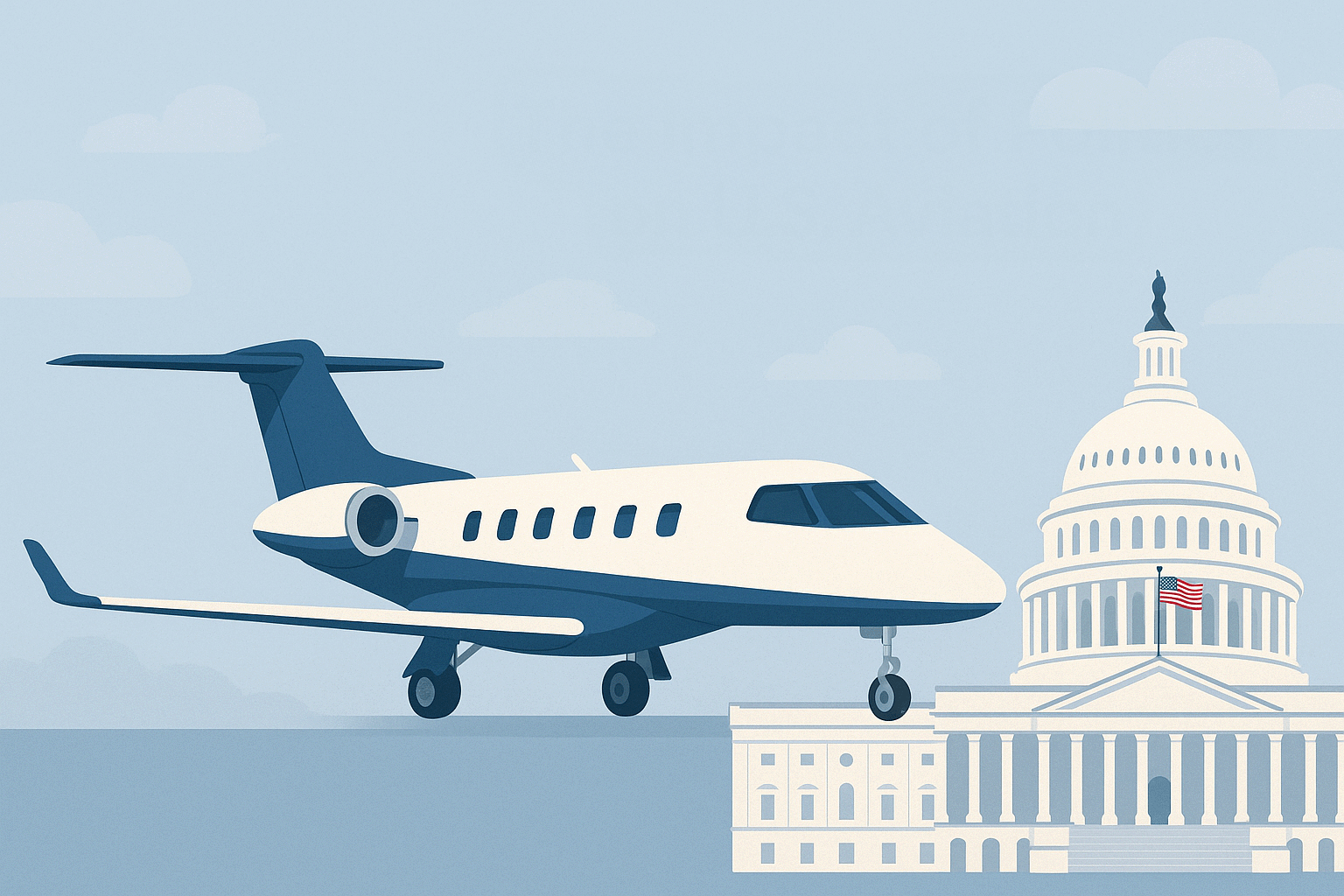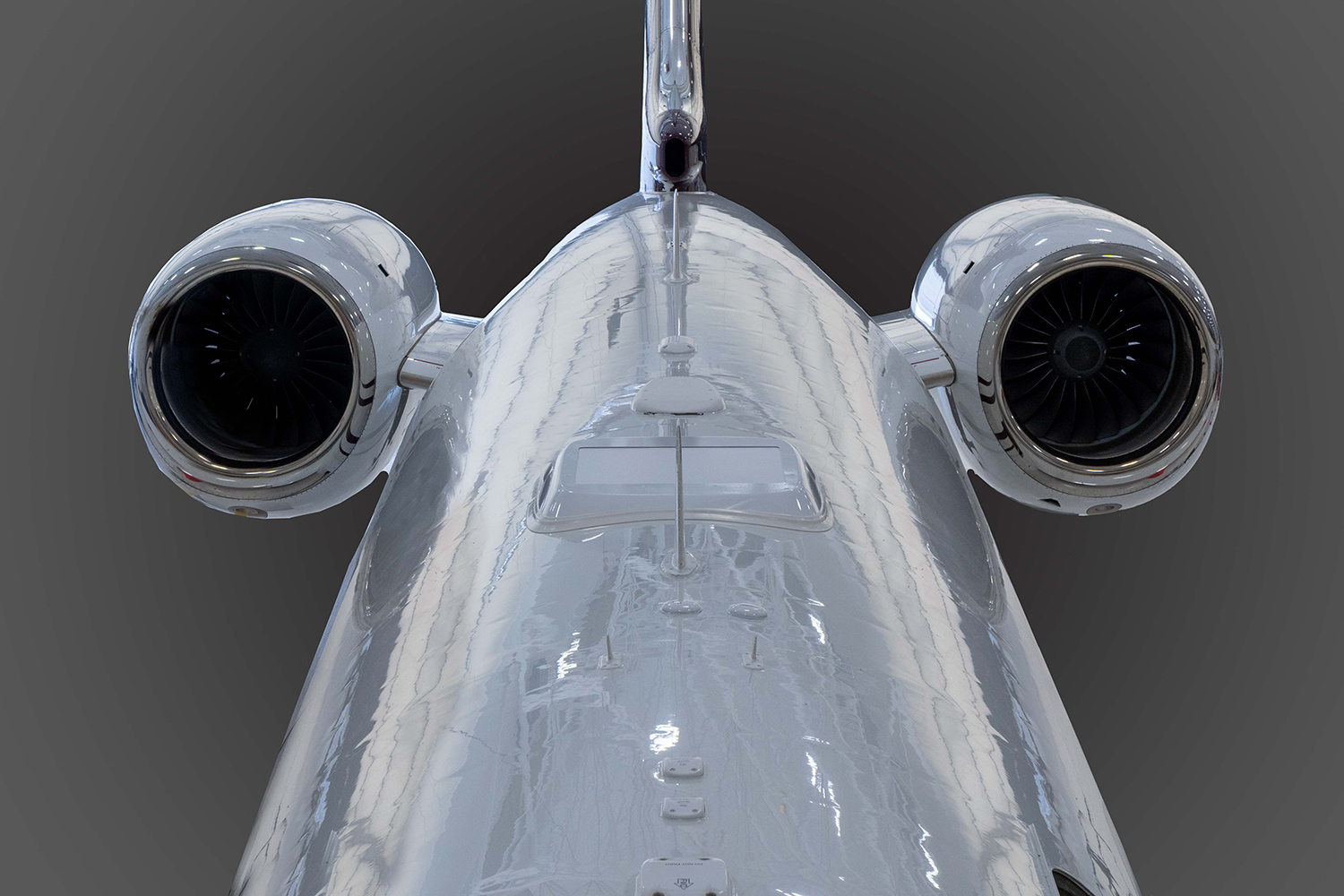Tariff Turbulence

In the field of business aviation, market value can largely be shaped by perception. While value can certainly be influenced by logical factors, such as maintenance status and operating costs, it is often perception that plays an equal, if not greater, role in shaping what an aircraft is actually worth. Aircraft values, especially in the pre-owned market, fluctuate not only on condition or hours flown, but also on broader economic circumstances like stock market consistency, interest rates, and tariffs. The last of which, more recently, has proven to be one of the most volatile and disruptive factors.
While tariffs are certainly nothing new, their recent impact on business aviation has caught many operators and brokers off guard. Under the current U.S. administration, tariffs on imported steel and aluminum have been raised to 50%. On top of that, an additional 10% tariff now applies to nearly all imports from countries not already subject to specific trade sanctions. These tariffs have created a lot of uncertainty for this industry.
Aircraft, especially those sold in the U.S., are international by design. A Pilatus, for example, is assembled in Switzerland, but integrates components from across Europe, Canada, and the United States (including a U.S. made avionics and flight control system). So, when the U.S. government imposes these sweeping tariffs on foreign imports, it can be hard to know what exactly qualifies on an aircraft like this. On top of that, the price hike that these tariffs create for buyers also creates instability.
One thing that is certain is this: Buyers don’t like surprises, especially when a tariff suddenly increases the price of an aircraft after a deal is signed. But, again, with the uncertainty around how much of the aircraft is being ‘imported’, the specifics of the price increase are also in limbo. Seemingly in at least some cases the current Administration is expecting to assess the tariff on the full retail value of the aircraft. Logic would dictate that it is unreasonable when a sizeable portion of the cost is derived by goods made in North America which are not subject to tariffs. Whether or not a tariff is enforced, or how much of it will be absorbed by the OEM or dealer, is the subject of great uncertainty. This uncertainty has caused a great deal of disruption to the sale and importation of foreign aircraft. All three of the aircraft manufacturers that we represent with Authorized Service Center status had projected record-breaking sales this year. As of the end of the second quarter, all three are off their projected delivery pace which is most likely to be a result of the disruptive impact of the new tariff regime.
While in theory, tariffs are designed to level trade imbalances and incentivize domestic manufacturing, in practice, that is not always the case. Especially with industries as globally intertwined as aviation, tariffs more often serve as a tax on U.S. consumers and businesses. In fact, tariffs very rarely hit foreign OEMs the hardest. Instead, it is the American buyers and dealers who bear the brunt. In fact, many OEMs and resellers are forced to absorb a large part of the added tariff levies just to keep deals moving forward, naturally this can result in a significant impact to the dealer’s margin.
Unlike certain quick-moving industries, like oil, which can respond rapidly to shifts in pricing, aircraft sales and manufacturing can stretch years into the future. Contracts signed today may not be delivered for up to 2 years, depending on the specific aircraft. That lag makes it incredibly difficult to adequately price aircraft. This is especially relevant with the current U.S. administration, and the volatility with which certain tariff percentages come and go.
Ultimately, while tariffs have the capacity to reshape global aircraft manufacturing, any significant changes to come would unfold gradually over the course of several years. In the short-term, however, OEMs are the ones absorbing all of the cost and risk created by these tariffs. With the July 9th deadline, the industry is still holding its breath for resolution. We will revisit this topic next month for a more in-depth look on the effects of the tariffs, and to explore how the outcome of the deadline is shaping real-world decisions in business aviation.



